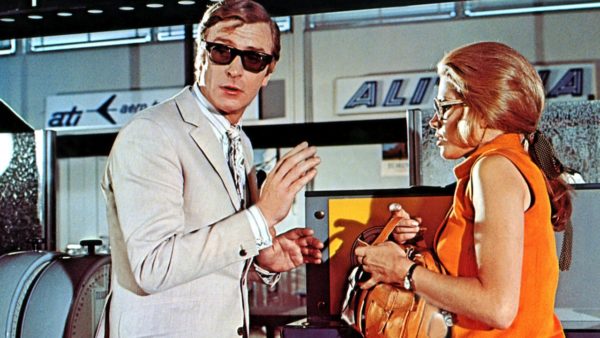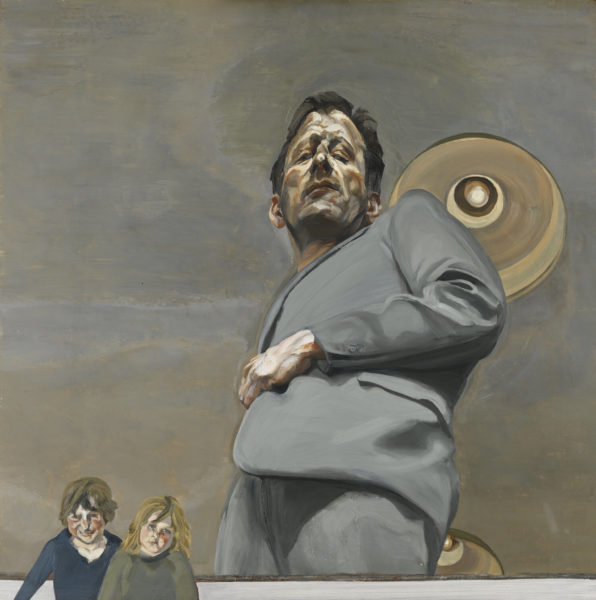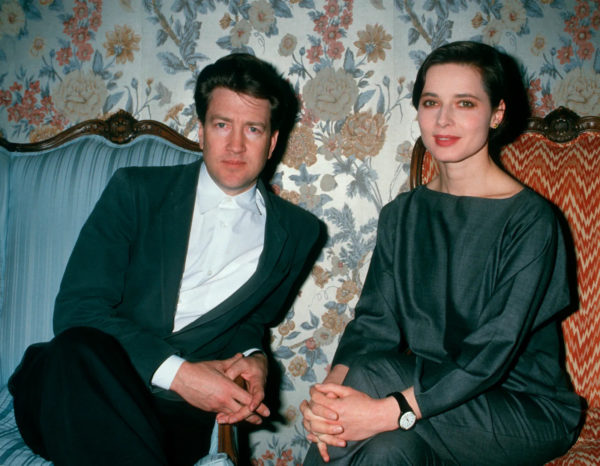Polo has long been a source of essentials in the wardrobe, from chukka boots to the “button-down” shirt collar to the small-neck knit. The most important contribution of the sport, however, remains the Polo Coat.
Born in England at the turn of the twentieth century, he was first a utilitarian garment, called Waiting Coat because worn between each of the 7 parts of a polo match. Its original version has no buttons but a belt as well as a loose and deconstructed worn like a dressing gown. Players and spectators quickly sported this coat, giving it its place in the dictionary as early as 1910.
Popularized by Brooks Brothers in the 1920s, the Polo Coat became a classic of the American Ivy League students in the same way as the Chesterfield. It is therefore also adopted in its cross-version with horn buttons and martingalestrip of fabric or leather positioned horizontally, at the l More on the back. Pockets known as “letter boxes” can be found in its two versions as well as its original colour: beige, the initial hue of Bactrian camel hairundercoat of the "bactrian" camel coming from the deserts of More. Coming from Southeast Asia, the latter provides three categories of hair. The best is used for coats and the other two are redirected to interior decoration or accessories.
From 1930, more luxurious versions emerged, in cashmere or vigogne. Left in disrepair after the Second World War, the renewed interest in classical American imagery that occurred in the 1980s is re-enactable. Designers sack it as a timeless element of style.
Beige, cross-by, belted, large lapels, officer sleeves and structured shoulders, the polo coat combines the comfort of a bathrobe with the warmth of a coat, marking a true affirmation of identity and style.

Two tennis players. 1950.
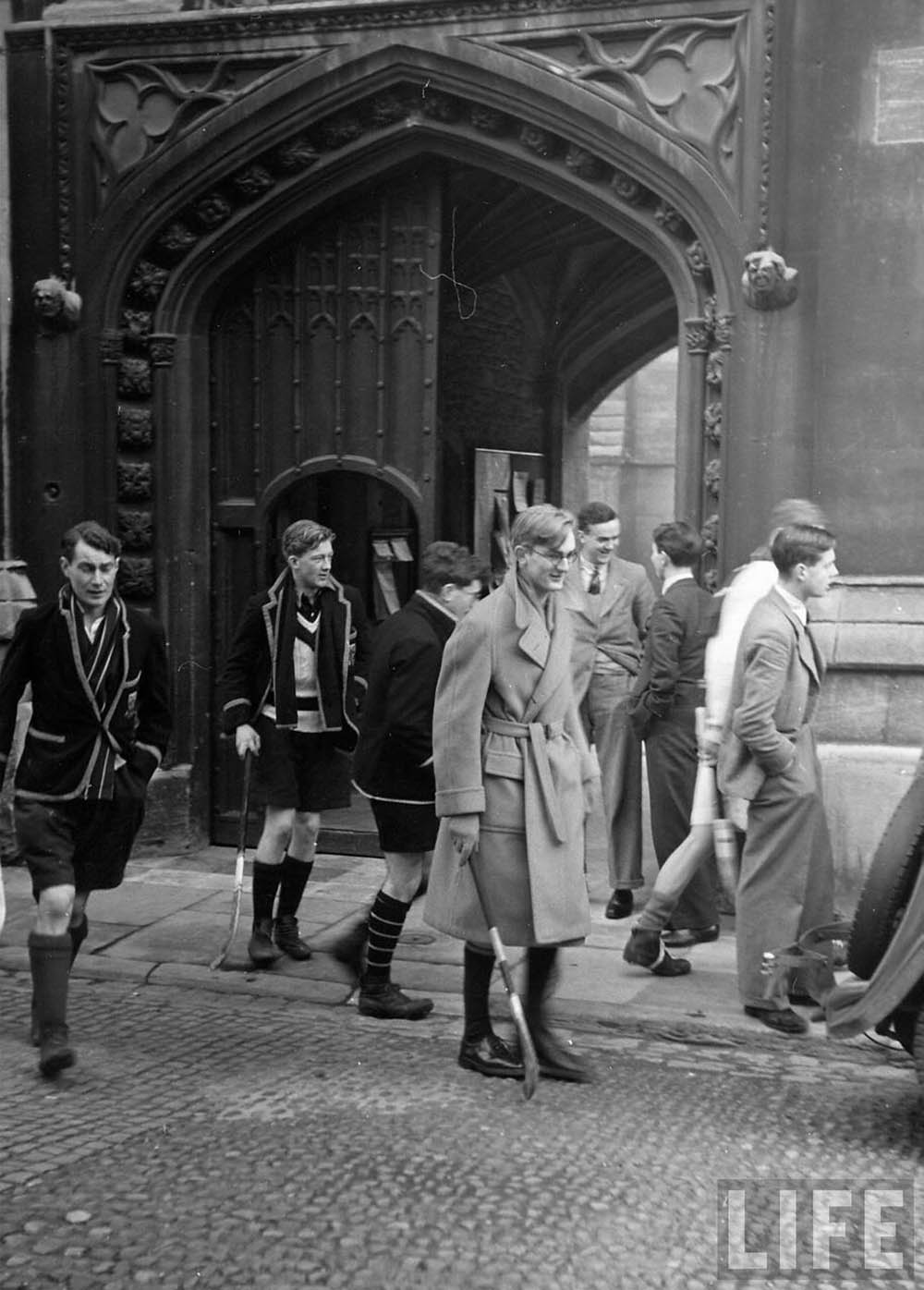

ISAAC, Oscar, act. CHANDOR, J. C., dir. A Most Violent Year. 2014. 125 min.
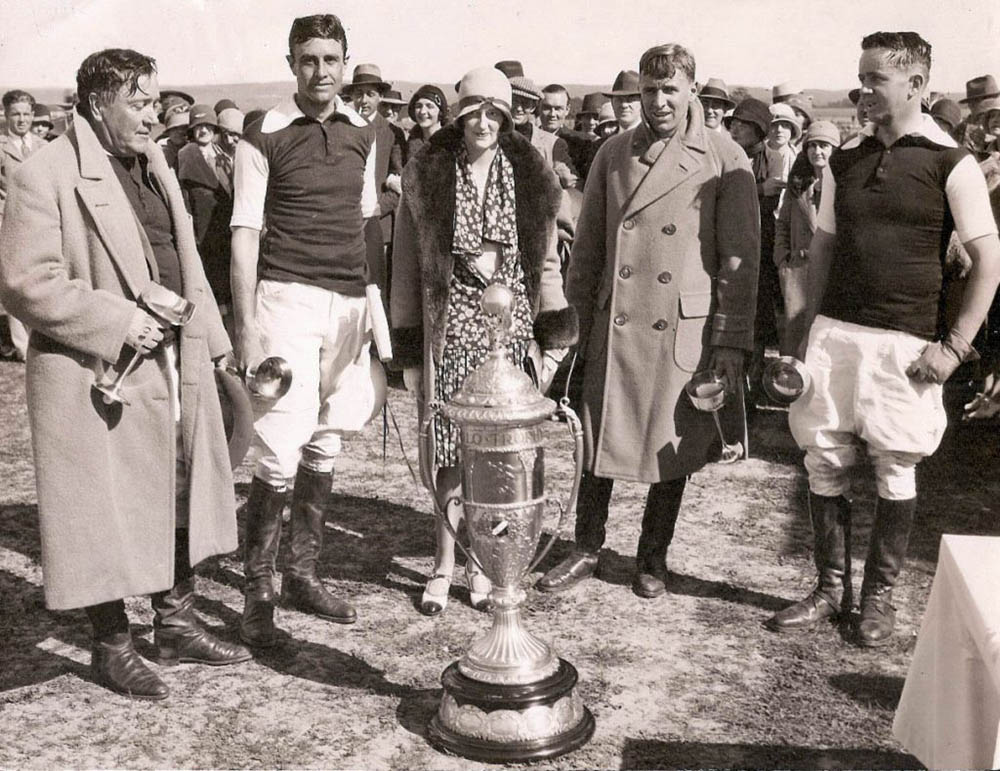
polo players. England, United-Kingdom. 1930
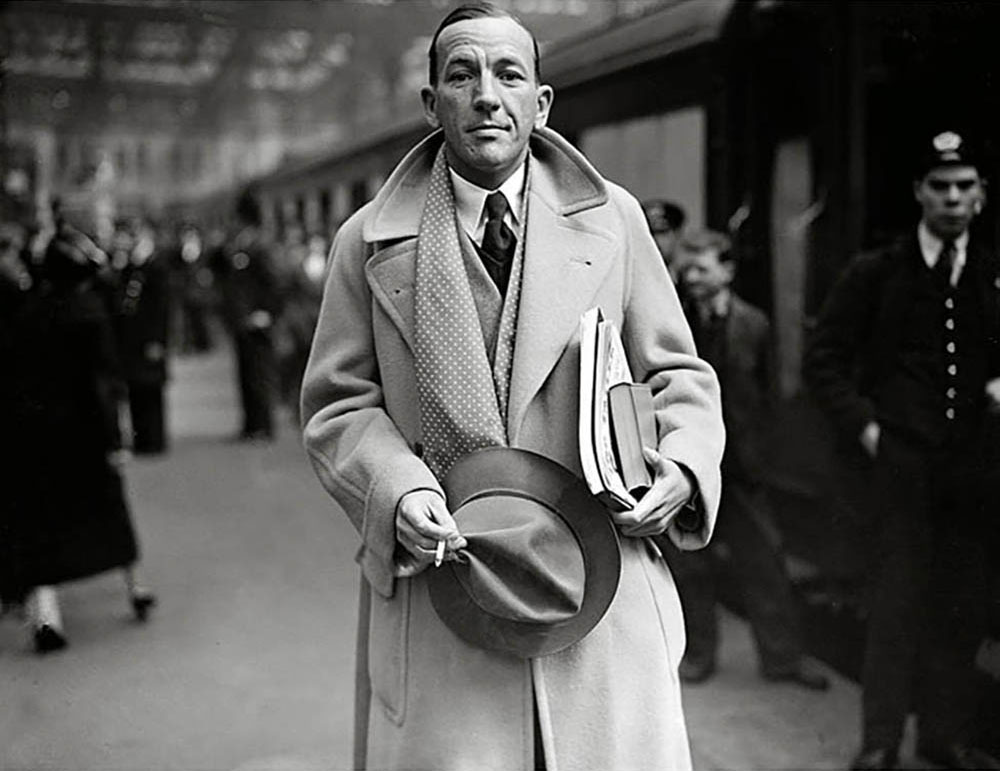
COWARD, Noël. London, United-Kingdom. 1899.
- A HISTORY OF MEN’S FASHION« Chenoune shows how menswear shifts between fashion and function, individuality and universality—a history that never ends. »
- COTTON« Soft, but with weight. Relaxed, but never shapeless. It carries memory in its creases. »
- LUCIAN FREUD« from borrowed suits to bespoke tailoring, Freud’s fashion choices evolved with his art »
- DAVID LYNCH« The oddest of Americans, the most American of oddballs, Lynch was a man with a uniform. »

